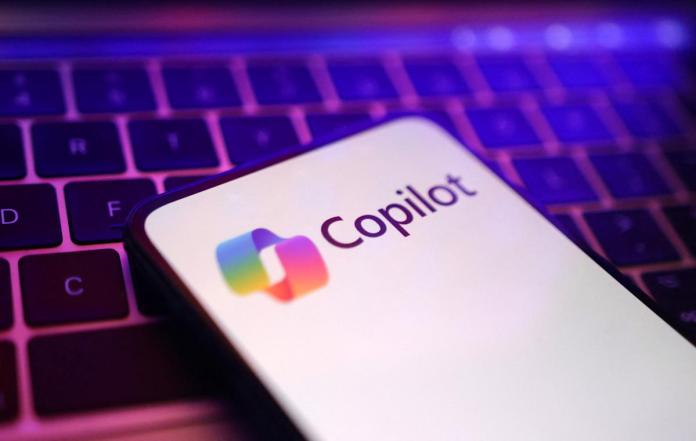Microsoft reportedly plans to begin using Anthropic’s latest Claude models to power some of the Copilot features in its Office 365 apps. In a report published Tuesday, The Information said the tech giant would announce the change “in the coming weeks.” Microsoft currently relies on OpenAI’s tech to power the majority of AI features found inside of Word, Excel, Outlook and PowerPoint.
As an outsider looking in, Microsoft’s embrace of Anthropic’s models would appear to signal a deepening split between the company and OpenAI. Microsoft is the AI lab’s largest investor, and was integral to Sam Altman’s rehiring as CEO following his brief ouster in 2023. However, in recent months reports of a growing impasse between the two in negotiations over OpenAI’s plan to restructure its for-profit division as a public benefit corporation have bubbled up.
For its part, Microsoft denied the move is motivated by animosity. “As we’ve said, OpenAI will continue to be our partner on frontier models and we remain committed to our long-term partnership,” a company spokesperson told The Information.
Still, the decision likely comes as unwelcome news for OpenAI. The Information reports Microsoft is at least partly motivated by the fact it believes Claude 4 Sonnet “performs better in subtle but important ways” than GPT-5. For example, The Information’s source said Anthropic’s model tends to generate “more aesthetically pleasing” PowerPoint presentations. Notably, that’s coming from an older model, and one that isn’t even Anthropic’s flagship offering.
Anthropic did not immediately respond to Engadget’s comment request. According to The Information, Microsoft does not plan to charge more for access to Anthropic models in Office 365, with Copilot pricing set to remain at $30 per user per month. That’s notable because the company will pay Amazon to access Claude Sonnet 4 through AWS, Anthropic’s primary cloud provider. As part of its investment in OpenAI, Microsoft can access the company’s models at no additional cost.
This story originally appeared on Engadget

